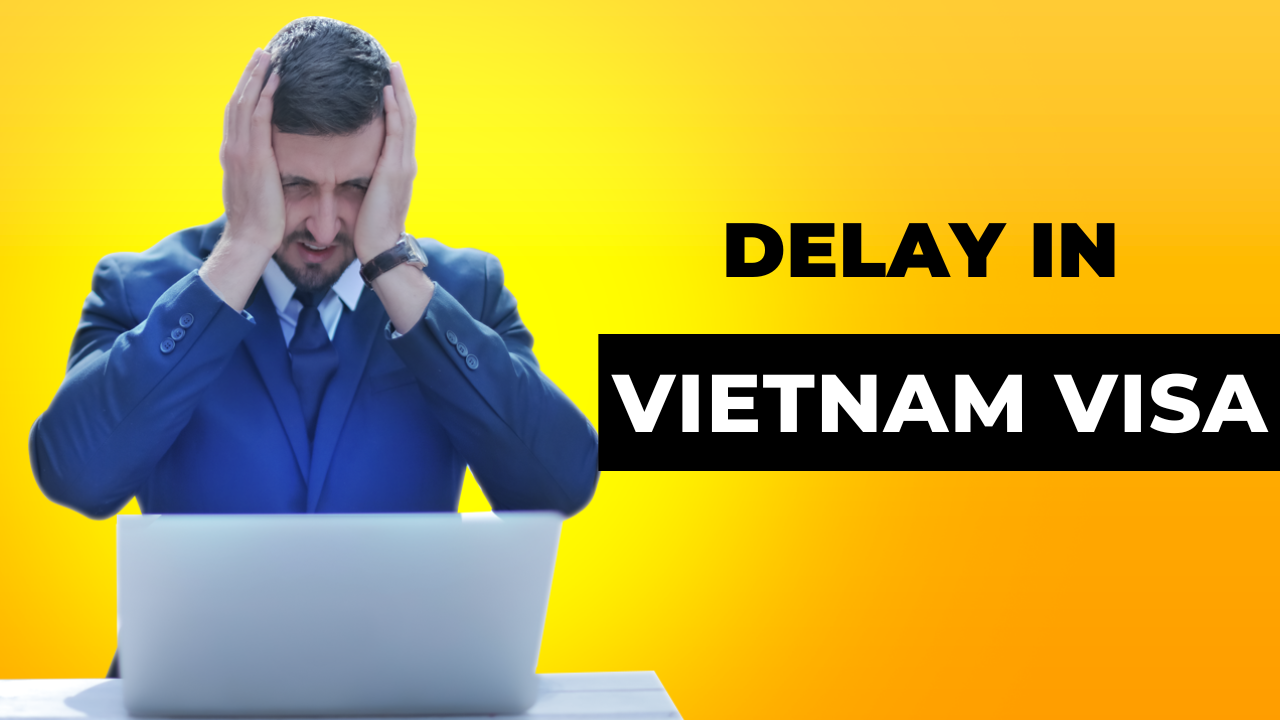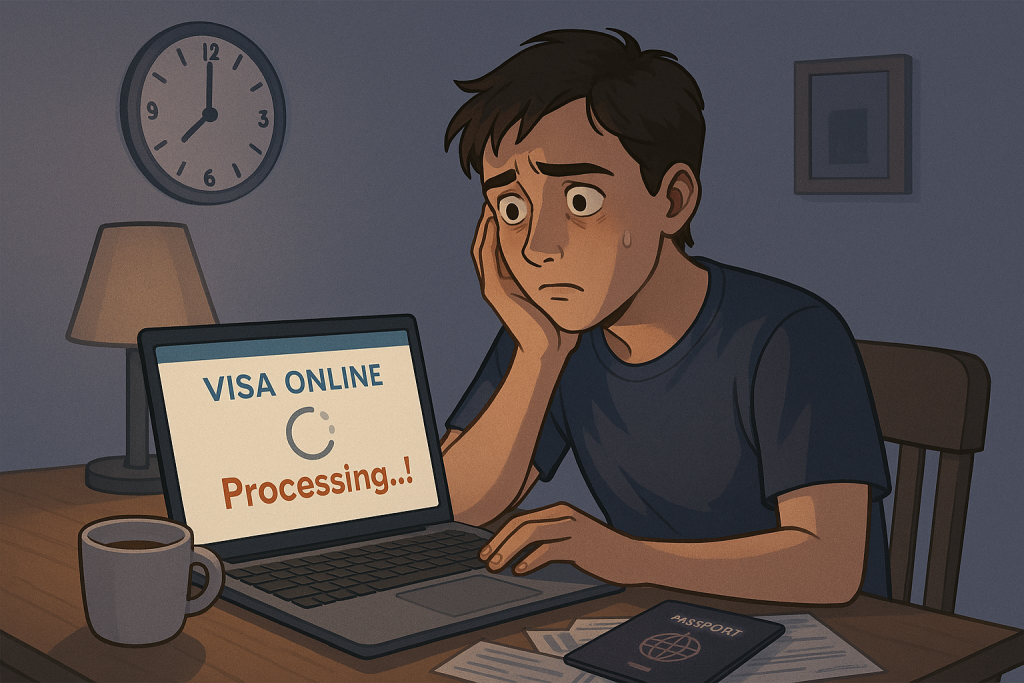
You’ve set your plans, booked your flight, and started dreaming of pho and lantern-lit streets in Hoi An — but then the e-visa doesn’t show up. It’s been days, and now you’re getting anxious.
If your Vietnam e-visa is delayed, you’re not alone. Thousands of travelers face this situation every year due to minor application issues or system overload. The good news? Most delays can be resolved — if you know what to do.
In this guide, we’ll explore why delays happen, how to identify a true delay, and most importantly, how to act smart — not panic — and still make it to Vietnam on time.
The e-visa system is meant to simplify travel — but it’s still a governmental process, which means it comes with bureaucracy, rules, and occasional hiccups.
Who processes the visa?
All e-visas are issued by the Vietnam Immigration Department through their official portal. While the application process is online, the review is manual — and that’s where delays can begin.
How long does it take?
The standard processing time is 3 to 5 working days (excluding weekends and public holidays). But this can extend to 7 or more days during peak periods or if documents are unclear.
Will I be notified?
Sometimes, but not always. You may receive an email notification about your e-visa status — but many applicants do not. It’s recommended that you manually check your visa status using your registration code on the official portal.
💡 Pro Tip: Always apply 10 to 15 days in advance, especially during high seasons or holidays like Tet.

A large portion of delays come from small, preventable mistakes — some of which travelers don’t even realize they’ve made.
Entering the wrong passport number, misspelling your name, or mismatching dates of birth can cause the system to reject your application without a clear explanation. Even small discrepancies (e.g., using “Robert” vs. “Bob”) can be a red flag.
The system requires:
Using selfies, colored backgrounds, or cropped documents often leads to silent rejection or long delays.
Around Lunar New Year, summer vacations, and major festivals, the Immigration Department gets overloaded. Even standard applications may take twice as long.
Before you panic, assess the real situation. Not all “delays” are actual problems — sometimes it’s just processing in progress.
Use the official e-visa status tracker here:
👉 Vietnam E-Visa Status Check
Have your registration code and passport number ready.

Stress often leads travelers to take desperate actions — some of which can backfire and worsen the situation.
Submitting another application can confuse the system and even cancel out your original submission. It also raises red flags and might push your file to the back of the queue.
Sending multiple emails in a short time will likely delay their response. Stick to one detailed email and give them at least 24–48 hours to reply.
If you haven’t received your visa yet, don’t risk non-refundable bookings, especially for entry within 72 hours.
⚠️ Some travelers book flights assuming they’ll get the visa in time — then end up paying hundreds in change fees or losing their tickets.
Every delay situation is different — here’s how to approach yours depending on your travel timeline:
This is when you need expert help — someone who knows how to navigate the system quickly and correctly.

If you’re in a rush, the smartest move is to use a reputable visa service that specializes in urgent processing.
🔑 One of the most trusted names is:
🌐 Vietnam Visa Services
Why choose them?
Thousands of travelers have recovered their travel plans thanks to this service — don’t let a delay ruin your trip when solutions are within reach.
A delayed e-visa can feel like a crisis — but with the right mindset and action plan, it’s just another travel hiccup you can overcome.
✔ Understand the process
✔ Spot and avoid common mistakes
✔ Know when to escalate
✔ And when in doubt, trust professionals to step in
⏰ If your trip is near and your visa hasn’t arrived, don’t take chances.
⬆️ Apply for urgent visa help now:
🔗 https://www.vietnamimmigration.com/apply-vietnam-visa/

